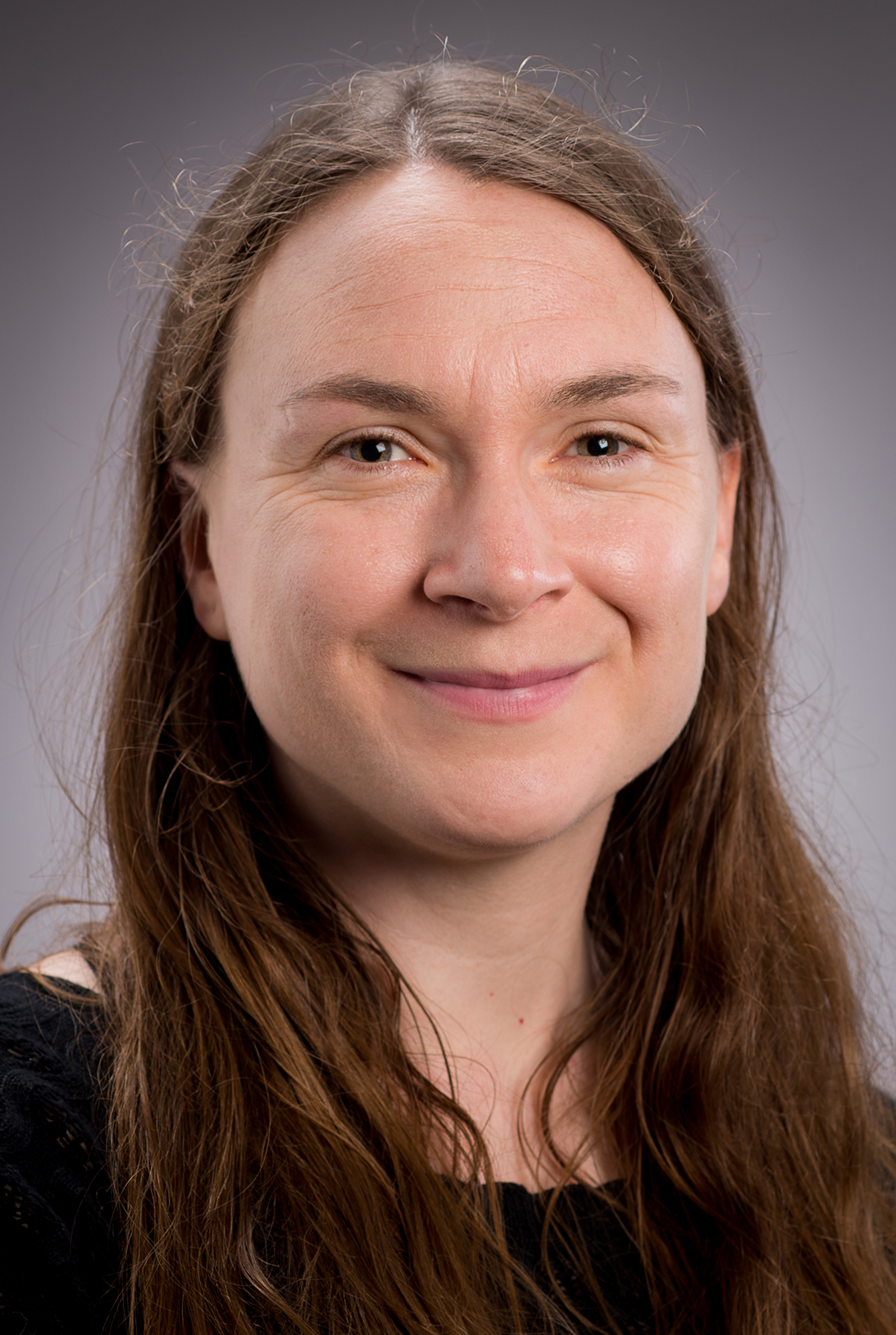Exploring the potential of 360° virtual reality filming

A 360° VR film is one in which a view in every direction is recorded at the same time, so that during playback the viewer has control of the viewing direction.
Dr Ross’s idea was to create a legacy project—a platform to demonstrate the potential for 360° VR.
“I wanted to say ‘OK, here are some things we experimented with and oh look, they do work, not everyone likes them, but they’re still possible’.”
Dr Ross chose a script written by one of her students, Henry Bennison, called Until Jesse 3D. She and Henry did rewrites to fine tune the script and make sure it fit with the 360° concept.
“We had quite a few discussions, originally we actually had three versions of the script—in one of which, the main actress, Bethany, breaks the fourth wall—the invisible wall that separates the actors from the audience. We weren’t really sure if it would work but we really liked the idea of breaking the fourth wall so we thought let’s just make it work. And we’re really glad we did because a lot of people responded quite well to it.”
Filming this type of content presented its share of challenges—there are still very few ground rules in place and the cinematic language for this new form is still in its infant stages.
Dr Ross also found having a theatre background useful. “It was like a combination of directing a theatre piece in terms of thinking visually and spatially—how are people coming into the space, where are they going, but then also thinking in a film sense—we had to give it continuity.”
Through the Victoria Colliding Worlds: Virtual Reality and Beyond project, Dr Ross was supported with funding for the shoot and was able to connect to experienced visual artists Raqi Syed and Kevin Romond during pre-production. They not only shared their expertise and thinking on how to film in 360° but also helped her source two Samsung 360° cameras.
“We shot it with two cameras running at the same time so we could cut between them. We thought with two cameras, we’d have two lots of the same footage. And that was going to be useful in the editing process.”
The film was shot over one weekend. Friday night and Saturday were spent getting the space, cast and crew ready—all the props and set in place, blacking out the windows, rehearsing and testing camera angles. Sunday was spent filming.
“We just went with it, we did have the cameras overheating and problems with things like the ceiling shot. We had a few learning curves like that because we were using new equipment and trying new techniques.”
Dr Ross plans to use the project as a research paper for a screen writing conference she and a colleague will be attending in August. “I’ll be talking about scriptwriting for virtual reality, so I’m going to use the film to say ‘we’ve got this work that proves you can do this, this is the process we used and these are the things you need think about before you start shooting’.”
Watch a preview of Until Jesse 360
